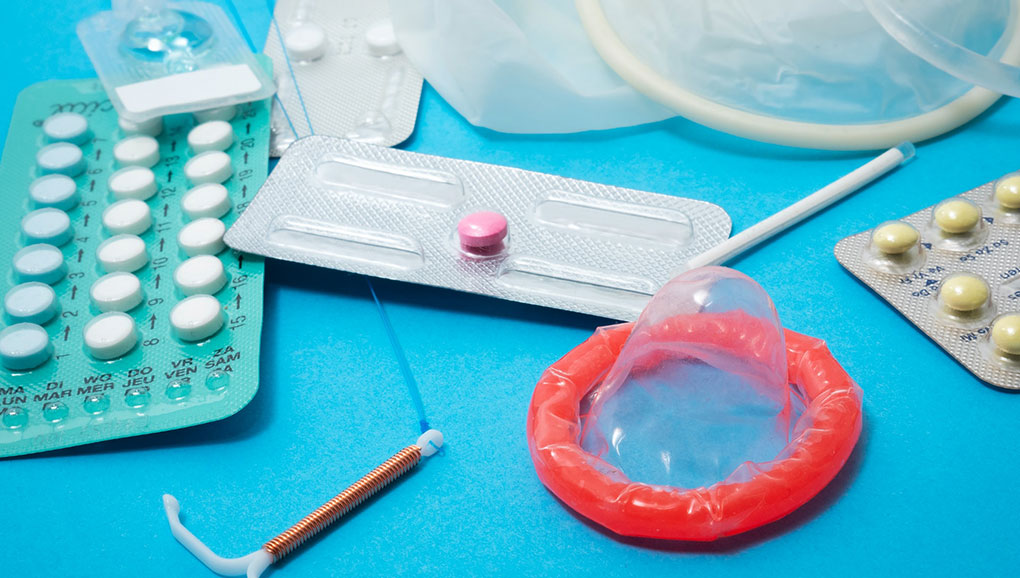Pubic lice, or Pthirus pubis – more commonly known as crabs – derive their name from the crab-shaped insects that sometimes take up residence in pubic hair. Typically spread through sexual contact, in which case they’re an STD, crabs like the warm, moist areas of our bodies and can also be found in the axilla (arm pit), in the facial hair and sometimes even in the eyelashes. The adult lice lay their eggs on the hair shafts close to the skin and take 7 to 10 days to hatch. They feed on human blood.
How Do You Get Pubic Lice?
You get crabs by being in direct physical contact with someone who already has them. They can occasionally be transmitted by contact with, for example, the towels, bed sheets or clothes of an infested person.
The lice can only survive for between 24 and 48 hours away from the human body.
Signs And Symptoms of Pubic Lice (Crabs)
Itching in the pubic area is the most common symptom. Nits are pubic lice eggs. They are hard to see but are found firmly attached to the hair shaft.
After the eggs hatch, a baby louse called a nymph emerges. They are smaller versions of the adults they become after 7 days.
Adult crabs are visible to the naked eye, but because of their gray, white or brown color, they’re difficult to see as they can easily blend in with their surroundings. You may see faint blue spots where they have bitten you. Under a magnifying glass, you can see that the pubic lice have six legs, and their two front legs are very large and look like the pincher claws of a crab.
The Centers for Disease Control advise that pubic lice infestation in a young child or teenager “may indicate sexual activity or sexual abuse”.
Treatment of Pubic Lice (Crabs)
There are a number of medications available from your drug store without a prescription.
Permethrin 1% crème rinse, one of the most common, will kill the lice. One application is all it takes. Read the instructions carefully and be sure to follow them.
The usual procedure is to wash your pubic hair, dry the area, then apply the crème rinse and leave it on for 10 minutes. Rinse off with water and dry with a clean towel. Because the dead lice may still be attached to the hair shafts, it’s a good idea to comb the area with a fine-toothed comb, but you can also remove them with your nails. Lice in the eyebrows and eyelashes should be picked out with your finger tips or with the fine toothed comb. Do not use the chemical anywhere near your eyes or your mouth.
A prescription medication called Lindane (1%) is also available to treat pubic lice. Lindane is not recommended for pregnant or nursing women, or for children less than 2 years old.
Prevention of Crabs
- Step 1: Wash or dry-clean all your sheets, towels, and clothes so you do not re-infest yourself or others. Any other pieces of clothing can be put in a plastic bag for 30 days, during which time all the lice will die.
- Step 2: Inform your sexual partner. You do not want to risk re-infestation, and your partner needs to get treatment. Intimate contact should be avoided until treatment has been completed.
- Step 3: Clean your bathroom and shower with bathroom cleaner or bleach.
- Step 4: If the treatment is not successful and the lice are found again, repeat the treatment after 7 to 10 days. If they still persist, seek medical advice.












